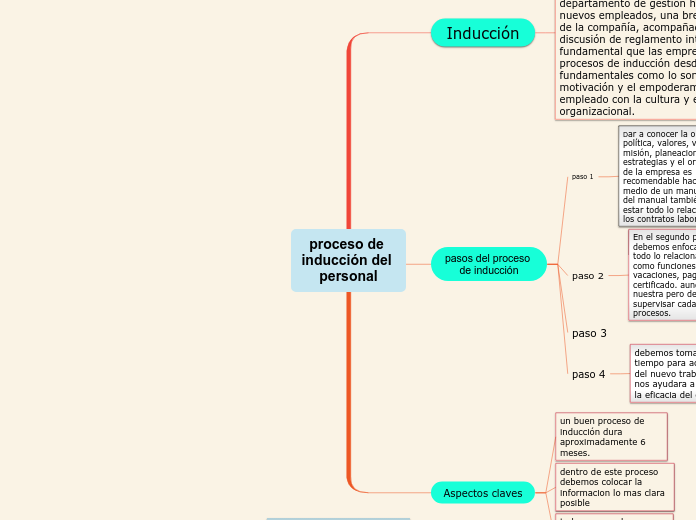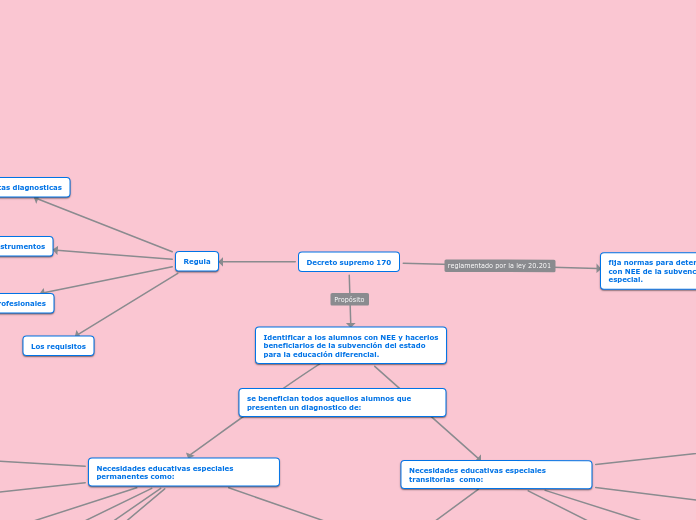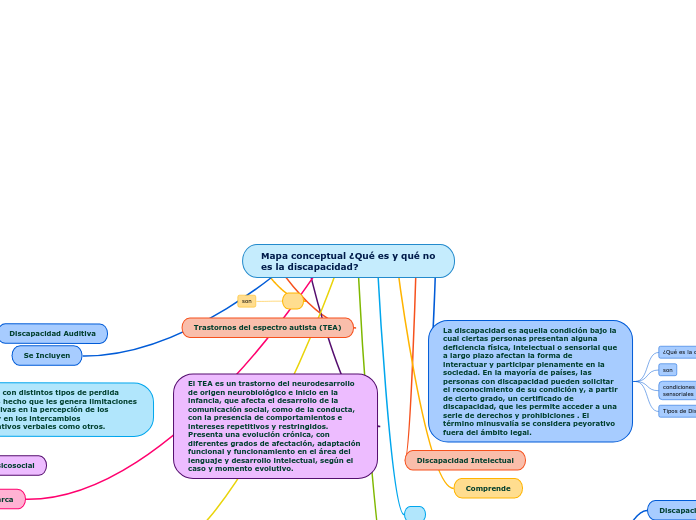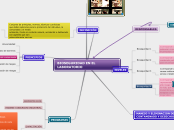En nuestro tercer paso debemos tener en cuenta todo lo relacionado al puesto laboral, que se le estén garantizando los derechos del trabajador asi como también el uso correcto de la herramientas para poder realizar su labor.
A story is nothing more than a character overcoming a series of difficulties to reach the desired goal. Obstacles usually create suspense and conflict. In overcoming obstacles, there is growth: weak becomes strong; hatred turns into love; sadness into happiness; wrong into right; lies into truth; or evil becomes good.
See a few examples below:
- stopping a meteor
- finding a killer
- finding love
proceso de inducción del personal
To name your story, you have to think about the overall message and what you want your audience to understand from the story. Also, make it relevant and easy to remember.
Aspectos claves
The ending of a story is essential. We all know that if the ending is weak, what happened before loses its importance. So make it unpredictable, but fair. A resolved ending answers all the questions and ties up any loose threads from the plot.
todo proceso de inducción, entrenamiento y capacitación siempre se debe tener una evaluación.
dentro de este proceso debemos colocar la informacion lo mas clara posible
un buen proceso de inducción dura aproximadamente 6 meses.
pasos del proceso de inducción
The middle of the story is where you add layers of complications that will lead to the end. Reveal more about the character's journey. Did their personality go through changes? How did they overcome the challenges? And as you build up the story’s central conflict, make it more personal to that character. Also, from the middle act, you have to lead into the final act.
paso 4
debemos tomarnos un tiempo para aclarar dudas del nuevo trabajador esto nos ayudara a garantizar la eficacia del empleado.
paso 3
There wouldn't be any tension and excitement in your story if there weren't any obstacles in your character's way.
paso 2
Your character(s) need(s) motivation in order to solve the challenge(s).
En el segundo paso nos debemos enfocar en recordar todo lo relacionado al empleado como funciones, horarios, vacaciones, pagos, solicitudes de certificado. aunque no es función nuestra pero debemos supervisar cada uno de estos procesos.
Secondary characters might also have motives that lead them to cross paths with the main character or which might trigger them to help the main character.
paso 1
Each story has a main character and that character usually needs to solve a problem or challenge. The character's challenge is the one that creates tension throughout the story.
Dar a conocer la organización, política, valores, visión misión, planeacion, estrategias y el organigrama de la empresa es recomendable hacerlo por medio de un manual. Dentro del manual también debe estar todo lo relacionado con los contratos laborales.
In most stories, there are 3 challenges. The number 3 is a mystical number symbolizing completeness. Try to come up with interesting challenges with which your character needs to struggle.
See a few examples below:
- turns into a werewolf at night
- is sent back in time
Inducción
In the beginning of the story (or the exposition), you will need to introduce the setting and characters. You might also want to introduce the main conflict. This part of the story is important because it gives the reader necessary background information and maybe even a first insight into a character’s personality.
El proceso de inducción debe realizarse con la responsabilidad, compromiso y dedicación que se merece; de esta manera no puede limitarse a reuniones de medio día, en las cuales el departamento de gestión humana relata, a los nuevos empleados, una breve reseña histórica de la compañía, acompañadas de una ligera discusión de reglamento interno de trabajo. Es fundamental que las empresas re diseñen sus procesos de inducción desde aspectos fundamentales como lo son la alineación, la motivación y el empoderamiento del nuevo empleado con la cultura y el direccionamiento organizacional.










